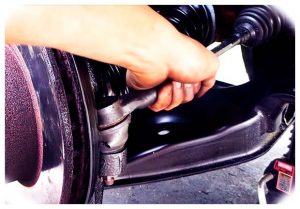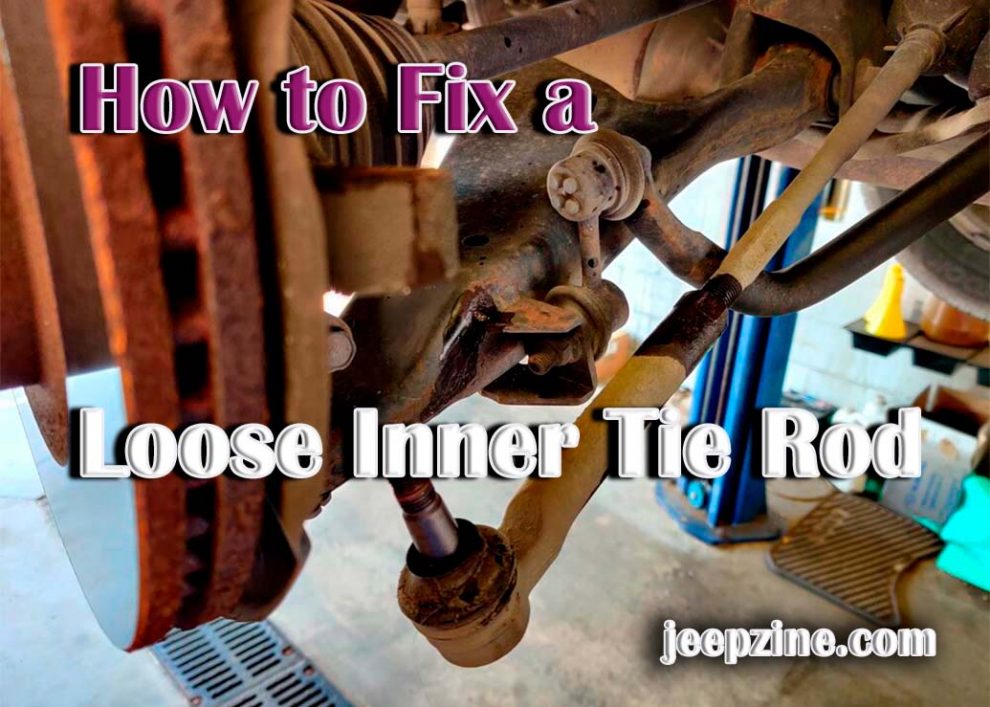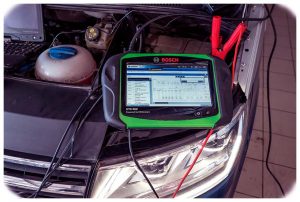A loose inner tie rod is a common problem in many cars but can be easily fixed. The inner tie rod is a steering system component and connects the steering wheel to the front wheels. It supports the suspension system and helps ensure smooth, safe turning. When it becomes loose, you may notice a knocking or rattling sound when going over bumps or feel your car veering off course when driving in a straight line.
Symptoms of a Loose Inner Tie Rod
The most obvious symptom of a loose inner tie rod is uneven tire wear. You’ll likely hear an audible knocking sound when driving over bumps or potholes. Other symptoms include difficulty turning in either direction, vibrations coming from your steering wheel during turns, and sloppiness in your car’s handling as if it has lost some precision.
 Diagnosing the Problem
Diagnosing the Problem
If you suspect you have a loose inner tie rod, you can confirm this with an oscilloscope test or by examining the surface of your tires for signs of uneven wear patterns. You should also check for any signs of damage to the steering rack and any other steering components such as ball joints, control arms, and tie rods.
Steps for Repairing a Loose Inner Tie Rod
Repairing a loose inner tie rod is quite simple and can be done in just a few steps. First, you’ll need to raise the front of your car with a jack and support it securely using jack stands. Then, you’ll need to remove the nut that holds the inner tie rod in place using an open-end wrench or socket wrench. Once this is done, you can unscrew the tie rod by hand and replace it with a new one. Tighten all fasteners securely before lowering your car back down and taking it for a test drive to ensure everything is functioning properly.
Safety Tips When Working on an Inner Tie Rod

Conclusion
Identifying and repairing a loose inner tie rod is a relatively straightforward procedure that most car owners can do themselves. It’s important, however, to always use the proper safety equipment and techniques when working on any part of your car’s suspension system to ensure that you do not cause any further damage or put yourself at risk of injury. Following these steps will help ensure your vehicle is safe and reliable before it hits the road.


 Diagnosing the Problem
Diagnosing the Problem
Add Comment